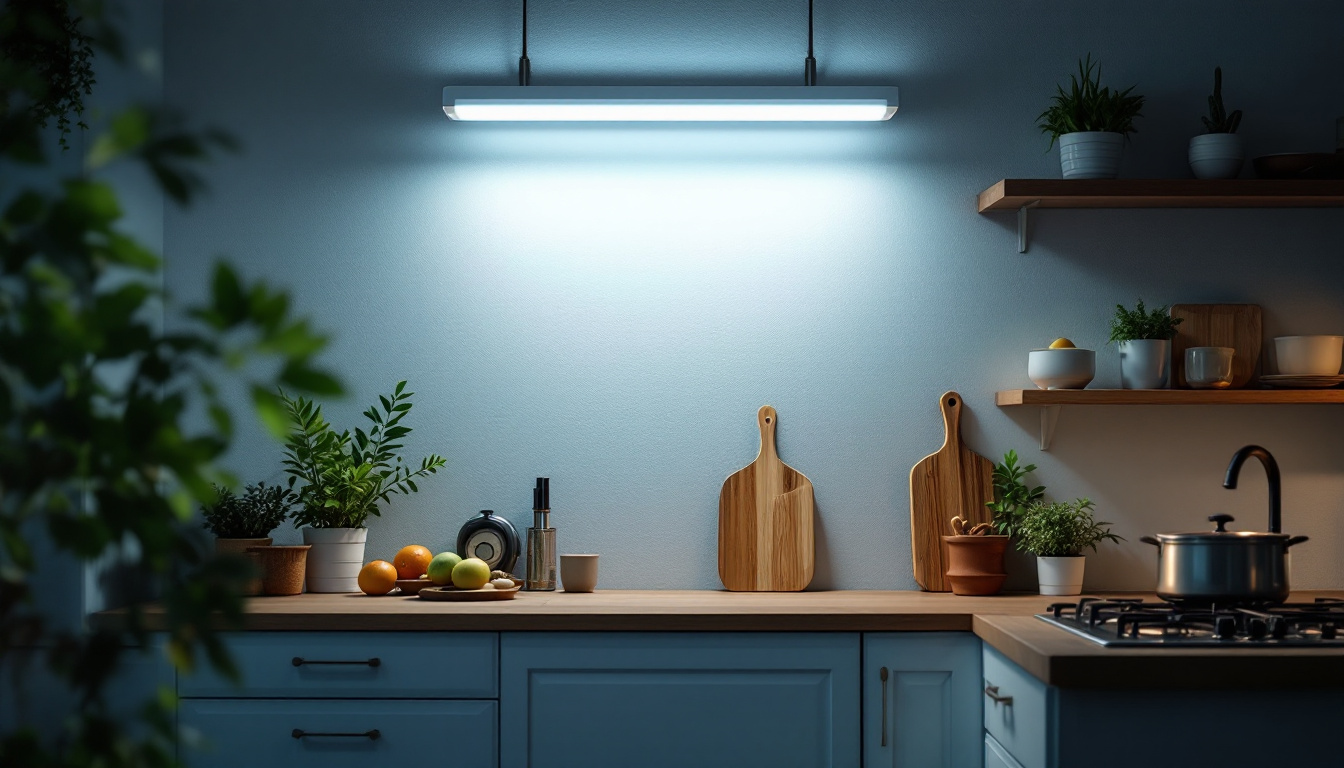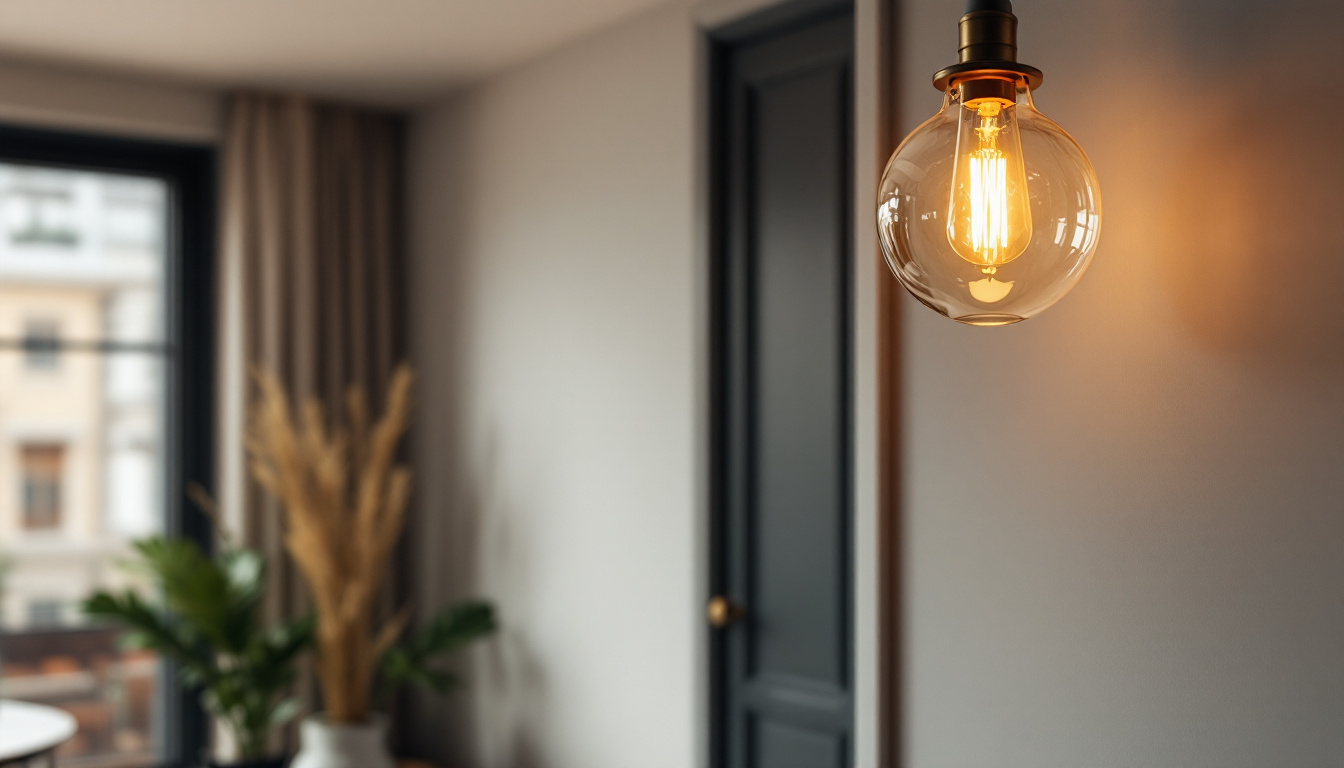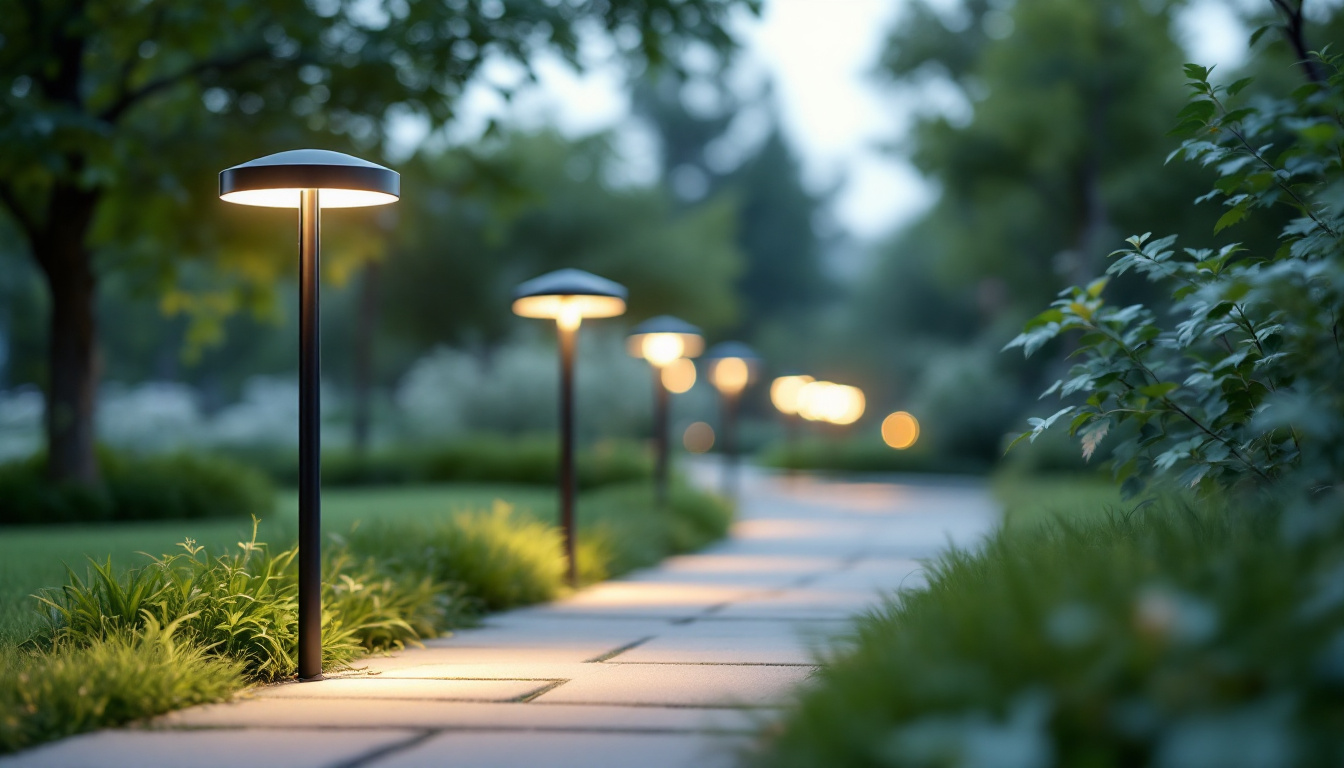
As kitchens evolve into multifunctional spaces, the importance of effective lighting cannot be overstated. For lighting professionals, understanding the nuances of kitchen fluorescent lighting is essential. This article serves as a comprehensive checklist to ensure that every aspect of fluorescent lighting in kitchens is covered, from choosing the right fixtures to installation and maintenance.
Fluorescent lighting has long been a staple in kitchen design, offering energy efficiency and a broad spectrum of light. Its ability to illuminate large areas makes it particularly suitable for kitchens, where tasks such as cooking and food preparation require adequate visibility.
This section will delve into the benefits of fluorescent lighting, the different types available, and how they can enhance kitchen functionality.
One of the primary advantages of fluorescent lighting is its energy efficiency. Compared to incandescent bulbs, fluorescent lights consume significantly less power, which can lead to substantial savings on energy bills over time. Additionally, they have a longer lifespan, reducing the frequency of replacements.
Fluorescent lights also provide a bright, even illumination that can help reduce shadows in work areas. This is particularly important in kitchens, where precision is key. Furthermore, advancements in technology have led to the development of fluorescent lights that mimic natural daylight, enhancing the overall ambiance of the space. This daylight-mimicking feature not only improves visibility but can also positively affect mood and productivity, making the kitchen a more inviting place for family gatherings and culinary creativity.
When selecting fluorescent fixtures for kitchens, it’s crucial to consider the various types available. Common options include recessed lighting, surface-mounted fixtures, and under-cabinet lights. Each type serves a specific purpose and can be strategically placed to maximize illumination.
Recessed lighting, for example, can provide a clean, modern look while effectively lighting work areas. Surface-mounted fixtures offer versatility and can be easily installed in various kitchen layouts. Under-cabinet lights are particularly beneficial for task lighting, illuminating countertops without creating glare. Additionally, there are also specialty fluorescent options such as pendant lights and track lighting that can add a decorative touch while maintaining functionality. These fixtures allow homeowners to express their personal style while ensuring that every corner of the kitchen is well-lit, enhancing both safety and aesthetics.
The choice of fluorescent bulbs is as important as selecting the right fixtures. Not all fluorescent bulbs are created equal, and understanding their specifications can significantly impact the effectiveness of the lighting design.
This section will explore the different types of fluorescent bulbs, their color temperatures, and how to choose the best options for a kitchen environment.
Color temperature is a critical factor when selecting fluorescent bulbs. Measured in Kelvin (K), it determines the appearance of the light emitted. For kitchens, bulbs with a color temperature between 3000K and 4000K are often recommended, as they provide a warm to neutral white light that enhances the overall look of the space.
Warmer tones can create a cozy atmosphere, while cooler tones can offer a more clinical feel. It’s essential to consider the kitchen’s design and the mood desired when making this choice. Additionally, the color temperature can influence how food appears under the light; for instance, a warmer light can make fruits and vegetables look more vibrant and appealing, while cooler light can highlight the cleanliness and modernity of kitchen surfaces.
Understanding wattage and lumens is vital for achieving the desired brightness in a kitchen. Lumens measure the amount of light produced by a bulb, while wattage indicates the energy consumed. For kitchens, a general rule of thumb is to aim for 70 to 100 lumens per square foot, depending on the specific tasks performed in the area.
Choosing the right wattage ensures that the kitchen is adequately lit without wasting energy. Energy-efficient fluorescent bulbs can provide the necessary brightness while consuming less power, making them an ideal choice for modern kitchens. Furthermore, it’s worth noting that different areas of the kitchen may require varying levels of brightness; for example, task lighting over countertops or stoves may benefit from higher lumens, while ambient lighting in dining areas can be softer and more diffused. This layered approach to lighting not only enhances functionality but also contributes to the overall aesthetic of the kitchen space.
Proper installation of fluorescent lighting is crucial for both functionality and safety. This section outlines the best practices for installing fluorescent fixtures in kitchens, ensuring optimal performance and longevity.
From planning the layout to ensuring compliance with electrical codes, each step in the installation process plays a vital role in the success of the lighting project.
Before installation begins, careful planning of the lighting layout is essential. Consider the kitchen’s layout, including the location of work areas, appliances, and seating. A well-thought-out layout will ensure that light is evenly distributed, minimizing shadows and dark spots.
Incorporating a combination of ambient, task, and accent lighting can create a balanced lighting scheme. For example, ambient lighting can be provided by ceiling-mounted fixtures, while task lighting can be achieved with under-cabinet lights. This layered approach enhances both functionality and aesthetics.
Additionally, it is beneficial to take into account the color temperature of the fluorescent bulbs being used. Warmer tones can create a cozy atmosphere, while cooler tones may be more suitable for task-oriented areas where precision is key, such as food preparation zones. Using dimmable fixtures can also provide flexibility, allowing homeowners to adjust the lighting according to the time of day or specific activities, further enhancing the kitchen’s versatility.
When installing fluorescent lighting, it is crucial to adhere to local electrical codes and regulations. This includes ensuring that the wiring is appropriate for the fixtures being installed and that all connections are secure.
Consulting with a licensed electrician can help avoid potential hazards and ensure that the installation meets safety standards. Additionally, using appropriate circuit breakers and ensuring proper grounding can further enhance safety.
Moreover, it is important to consider the energy efficiency of the fluorescent fixtures chosen for the installation. Opting for high-efficiency bulbs not only reduces energy consumption but can also lead to significant cost savings on electricity bills over time. Furthermore, incorporating sensors or timers can help in managing energy use effectively, ensuring that lights are only on when needed. This not only contributes to a more sustainable kitchen environment but also aligns with modern energy-saving practices that many homeowners are keen to adopt.
Even the best-installed fluorescent lighting systems require maintenance to function optimally. Regular upkeep can extend the lifespan of the fixtures and bulbs, ensuring consistent performance.
This section will cover essential maintenance tips and common troubleshooting techniques to address issues that may arise with fluorescent lighting in kitchens.
Routine maintenance of fluorescent fixtures involves cleaning the bulbs and fixtures to remove dust and grease that can accumulate over time. A clean fixture allows for maximum light output, enhancing the overall brightness of the kitchen.
Additionally, checking for flickering lights or dimming can indicate a need for bulb replacement. Regularly inspecting the fixtures for any signs of wear or damage can prevent more significant issues down the line.
Fluorescent lighting can sometimes present challenges, such as flickering or buzzing sounds. These issues can often be resolved by checking the connections and ensuring that the bulbs are securely in place.
If flickering persists, it may indicate a faulty ballast, which may require replacement. Understanding these common issues and their solutions can save time and ensure that the kitchen remains well-lit and functional.
As energy efficiency becomes increasingly important, understanding how to make fluorescent lighting more sustainable is essential for lighting professionals. This section will explore strategies for enhancing energy efficiency in kitchen lighting.
From selecting energy-efficient bulbs to implementing smart lighting controls, there are numerous ways to reduce energy consumption while maintaining effective illumination.
Opting for energy-efficient fluorescent bulbs, such as those labeled with the ENERGY STAR certification, can significantly reduce energy consumption. These bulbs are designed to provide the same level of brightness as traditional fluorescent bulbs while using less power.
Additionally, considering the use of dimmable fixtures can further enhance energy efficiency. Dimming lights when full brightness is not necessary can lead to substantial energy savings over time.
Incorporating smart lighting controls into kitchen fluorescent lighting can enhance both convenience and energy efficiency. Smart switches and dimmers allow for greater control over lighting levels, enabling users to adjust brightness based on the time of day or specific tasks.
Furthermore, motion sensors can be utilized to automatically turn lights on and off, reducing energy waste in areas that are not in use. These modern solutions not only improve energy efficiency but also add a layer of sophistication to kitchen lighting.
Fluorescent lighting plays a vital role in creating functional and aesthetically pleasing kitchens. By understanding the benefits, types of fixtures, and best practices for installation and maintenance, lighting professionals can ensure that their projects meet the highest standards.
From selecting the right bulbs to implementing energy-efficient solutions, this checklist serves as a valuable resource for lighting contractors aiming to excel in kitchen lighting design. As kitchens continue to evolve, so too must the approach to lighting, ensuring that every culinary space is bright, inviting, and efficient.
Ready to elevate your kitchen lighting designs with the best in fluorescent solutions? Look no further than LumenWholesale, where we provide lighting professionals like you with top-quality, spec-grade lighting products at unbeatable wholesale prices. Our extensive selection is designed to meet the highest industry standards, ensuring you get reliable, high-performance lighting for every project. Take advantage of our hassle-free bulk buying and free shipping to get premium lighting at the best value — without hidden fees or compromises. Transform your next kitchen project with the perfect blend of quality, affordability, and convenience. Wholesale Lighting at the Best Value is just a click away.

Discover why lighting contractors should prioritize solar-powered lights in their projects.

Illuminate your space with style and functionality! Discover the ultimate guide to pendant light fixtures, covering design tips, installation advice, and the latest trends to brighten up any room..

Discover expert tips and best practices for installing pendant ceiling lights from seasoned lighting contractors.

Discover how path lamps can transform your lighting projects and give you a competitive edge in securing more contracts.